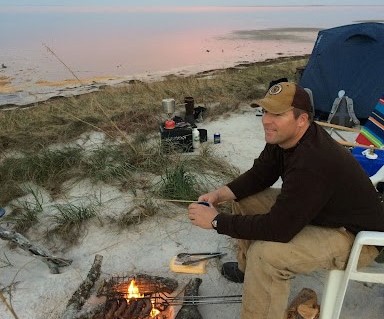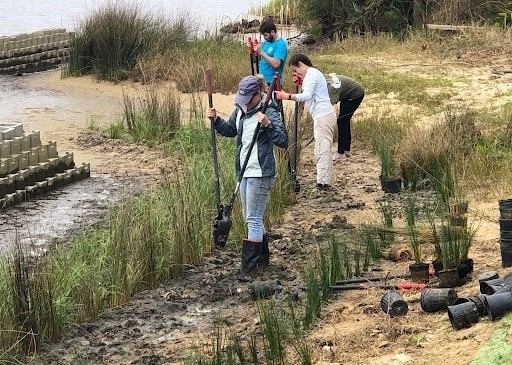Coastal Zone Management Makes a Difference
The Takeaway: The Coastal Zone Management Act has guided this nation’s approach to how we protect coastal economies and natural resources. These programs have served us for fifty years and continue to do so.
Coastal management. While this may not be a widely understood term, the sentiments behind it are almost universally agreed upon, for coastal management represents the desire to protect people, infrastructure, habitats, economies, and communities.
This list is obviously a tall order, but that’s what the Coastal Zone Management Act is all about. The legislation, which was passed 50 years ago, created the National Coastal Zone Management Program and National Estuarine Research Reserve System, a voluntary partnership between the federal government (NOAA) and the coastal states.
The legislation sets minimum standards for participation in the coastal management program, but also provides states with the flexibility needed to design a program that works best for their situation. Today, 34 coastal and Great Lakes states and territories participate. This visionary legislation has stood the test of time, providing the framework needed to meet the coastal challenges of yesterday, today, and tomorrow.
50 Years of Coastal Management
Beach access. Wetland restoration. Balancing economic growth and ecosystem health. Sand dune protection. Flooding solutions. Containing stormwater runoff. The list of challenges, and coastal management solutions, is a long one.


Ensuring Access
The Coastal Zone Management Act also created the National Estuarine Research Reserve System. Both programs work to protect the coast and ensure all citizens have equal access. The research reserves also provide a platform for long-term research and educational opportunities.
Protecting Natural Resources
Beaches and wetlands provide recreational opportunities, drive coastal economies, provide natural habitat, and protect upland areas from storm surge. Many initiatives are in place to protect these resources, including marsh restoration programs.


Balancing Business and Protection
For most coastal communities, the coast is the draw. The Coastal Zone Management Act is focused on giving these businesses the opportunity to thrive—and protecting these natural resources. When conflicting demands arise regarding how coastal resources are used, the coastal management programs work to find the right answers for short- and long-term aims.
Giving a Voice to All
The coast benefits everyone, and everyone deserves a voice in coastal management. The National Coastal Zone Management Program holds frequent public hearings to foster an exchange of information among the public, state, and federal agencies, as well as people who use the natural resources, from developers to people who fish recreationally. The photo below illustrates a project undertaken with a tribal community to enhance conditions needed for wild rice, which this community needs for sustenance.

Visit these websites to learn more:
PRINT